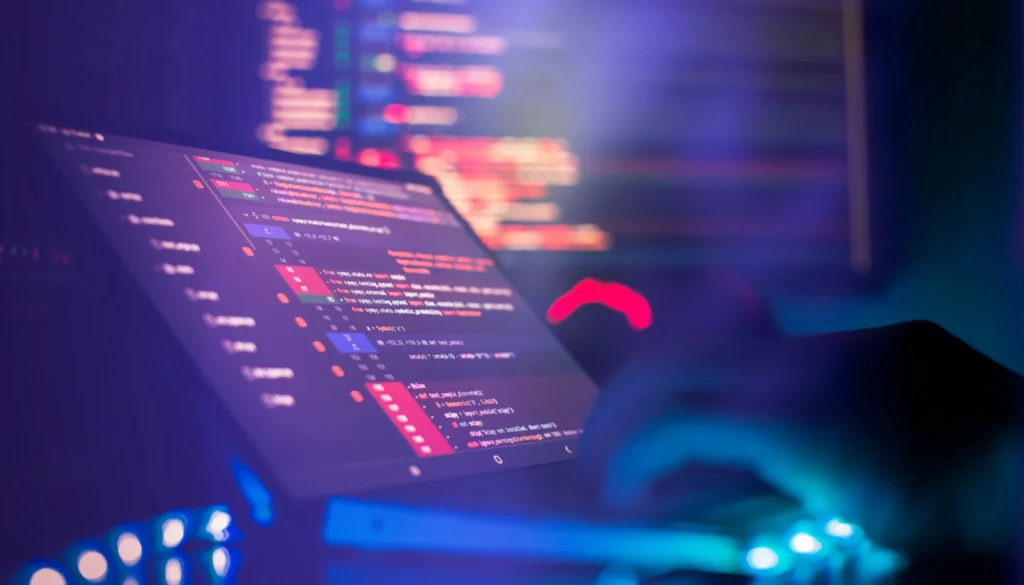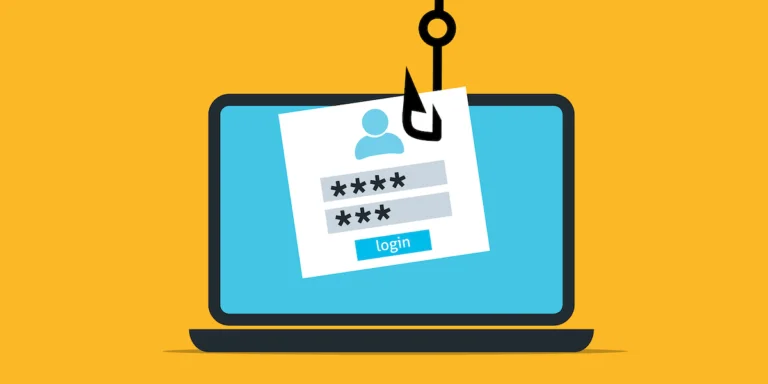The AI Threat Horizon
AI-Driven Attacks Are Rising Fast: Cybercriminals are now leveraging generative AI to craft hyper‑personal vishing, phishing, deepfake audio/video scams, and AI-generated malware. These tactics bypass human intuition by mimicking real voices, accents, and trusted personalities—even at scale Mimecast+3Keepnet Labs+3Adelaide Now+3.
AI in the Wild : An Australian “nuclear bomb” style hack used deepfake voice cloning to steal millions Adelaide Now. Attackers are combining automation with social engineering to build trust before deploying payloads Nationwide Report+1Keepnet Labs+1.
Supply Chains Under Siege: Attackers are increasingly targeting third‑party software and vendors—with AI tools helping insert malicious code into trusted updates zscaler.com+2Nationwide Report+2biglive.com+2.

Emerging Trends & Regulatory Shifts
Quantum Risks Emerging: Organizations are urged to prepare for “harvest now, decrypt later” attacks—where encrypted data is stolen now and decrypted once quantum computers evolve arxiv.org.
Zero Trust Becomes Default: Traditional network trust models no longer suffice. Continuous authentication, MFA, and least‑privilege access are essential biglive.combannockburn.io.
New Cyber Rules Global and Local:
In New York, local governments must now report breaches within 72 hours and ransom payments within 24 hours Wall Street Journal.
In India, programs like “Scam Se Bacho 2.0” bring cybersecurity education to public spaces like metro stations and malls The Times of India.
India’s Gumla district launched “Digital Raksha Pathshala”, educating over 1,000 residents about fake news and advanced fraud techniques The Times of India.
Awareness & Education That Stick
Behaviour-Based Training with Gamification: Interactive modules, phishing simulations, quizzes, and rewards significantly improve user retention and reduce risky actions en.wikipedia.org+1Keepnet Labs+1.
Human Risk Management: Top-performing programs focus on behavior analytics and adaptive training based on user risk profiles. Mimecast and Keepnet emphasize that a small fraction of users often account for most incidents—targeting them is key Keepnet Labs.
Upskilling Over Hiring: Security leaders at RSA Conference 2025 are prioritizing AI-related training for existing staff rather than hiring new professionals axios.com.
Practical Cyber Hygiene: Everyday Defenses
Strong Authentication: Multi-Factor Authentication (MFA), including passwordless methods like biometrics and temporary access passes, drastically reduces unauthorized access microsoft.com.
Password Managers: Promote unique, complex passwords stored securely—eliminates reuse and weak passwords sentinelone.com.
Patch Management: Regular updates and vulnerability scanning are vital—around 32% of cyberattacks target unpatched systems arxiv.org.
Phishing Awareness & Reporting: Verify sources, hover over links, analyze emails for urgency and poor grammar, and promptly report suspicious messages through proper channels sentinelone.com+1The Times of India+1.
From the Frontlines: Real-World Cases
NSW Government Systems: Over two-thirds of Australian government departments still run outdated servers. They face over 150 major risks flagged, and have committed $87.7 million for improvement dailytelegraph.com.au.
Allianz Breach: In July 2025, 1.4 million Allianz U.S. customer records were compromised via a third-party CRM system. Personal data swept, but no financial data Financial Times. These highlight the importance of vendor oversight and zero trust.
Making Cybersecurity Awareness Stick: An Action Plan
- Simulate real threats—run phishing and smishing drills that mimic AI-gen tactics.
- Adopt adaptive learning—tailor training to user risk profiles and engagement levels.
- Go passwordless—embrace MFA and advanced authentication to minimize weak credential risks.
- Ensure patch discipline & inventory control—automate updates and track all software and devices.
- Empower all employees—cyber hygiene isn’t just for IT: managers, finance, HR need awareness too Keepnet Labs.
- Leverage new tools like AI-driven threat detection (e.g., Nebulock launched in 2025) and Indian deepfake detector Vastav AI for rising deepfake threats axios.com+3axios.com+3en.wikipedia.org+3.
Why This Year Matters
2025 is the inflection point when AI turns into both the most powerful tool for defenders and attackers alike. Threats are more realistic, scalable, and deceptive than ever before. Ordinary users—and organizations—must evolve from reactive cybersecurity to proactive resilience.
Will You Be That Safe?
Cybersecurity awareness in 2025 isn’t about fear—it’s about empowerment. With smart technology, immersive training, and strategic oversight, individuals and organizations can stay a step ahead.
Would you like a step-by-step awareness campaign guide tailored for schools, SMEs, or public outreach in India?

